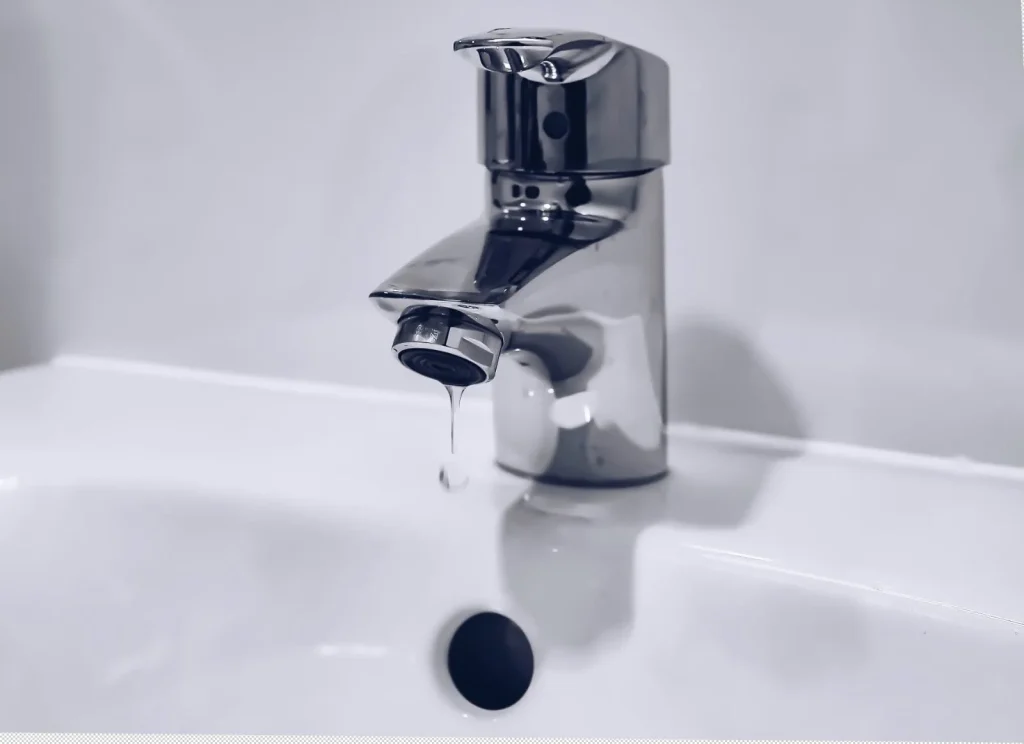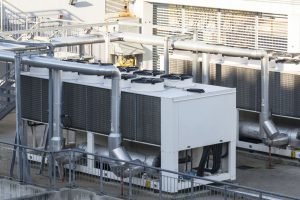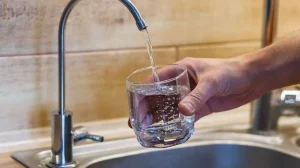
Why you need to review your Planned Preventative Maintenance (PPM) strategy

An up-to-date Planned Preventative Maintenance (PPM) strategy is of paramount importance for water hygiene and treatment.
In this article, we will explain why PPMs are so important for water hygiene in buildings, and why your PPMs need to be reviewed regularly and kept up-to-date.
Why are PPMs so important to Water Hygiene and treatment?
Planned Preventative Maintenance is crucial for maintaining water hygiene for several reasons:
- Preventing Contamination: PPM programs help prevent contamination of water systems, particularly from harmful bacteria like Legionella. Regular maintenance activities, such as cleaning, disinfection, flushing, as well as measures such as temperature control, ensure that the water remains free from bacteria and other pathogens that can pose health risks.
- Compliance with Regulations: The UK has strict regulations and guidelines in place to ensure the safety and hygiene of water systems, these include ACOP L8 and HSG 274. Implementing a PPM strategy helps building owners and managers adhere to this Guidance, reducing the risk of illness, legal liabilities and penalties for non-compliance.
- Maintaining System Efficiency: Regular maintenance ensures that water systems, including pipes, tanks, and equipment, function efficiently. This not only extends the lifespan of the infrastructure but also reduces energy consumption and operational costs.
- Cost Savings: Preventive maintenance is often more cost-effective than reacting to problems after they occur. By proactively identifying and addressing issues through PPM, building owners can avoid costly repairs, downtime, and emergency measures including temporary of permanent closure.
- Preserving Water Quality: Maintaining water quality is critical not only for health reasons but also for ensuring that the water remains suitable for its intended uses, such as drinking, sanitation, and industrial processes.
- Risk Assessment: PPM programs typically consider findings from Legionella risk assessments to identify potential hazards and vulnerabilities in water systems. This proactive approach helps prioritise maintenance tasks and allocate resources effectively.
- Environmental Impact: Effective PPM can also reduce the environmental impact of water systems by minimising water wastage, energy consumption, and the use of chemicals for disinfection and treatment.
In summary, PPM is essential for ensuring the safety, compliance, and efficiency of water systems. It plays a vital role in preventing contamination, protecting health, and minimising both financial and environmental risks associated with water hygiene.
Why PPM Strategy Review Matters
In our experience, many properties still rely on PPMs that were established 5, 10, or even 15 years ago. While these PPMs may have served their purpose initially, they are likely outdated now. Here’s why:
Changing Regulations and Guidance: Regulations and guidance related to Legionella and bacterial growth are constantly evolving. To maintain an effective PPM scheme, you must stay up-to-date with the latest scientific knowledge and adhere to current regulations and guidelines.
Evolving Water Systems: Water systems naturally change over time. Equipment gets added, replaced, modified, or extended, and pipework undergoes alterations. These changes affect the inherent risks within the system.
Due to these factors, the risk within your system is in constant flux. A robust PPM strategy should always align with the system’s current design, risk level and the latest regulations and guidance. Regularly reviewing your PPM strategy is vital for minimising the risk of contamination in your system, which can result in significant financial and operational costs.
The Right Approach to Designing PPM for Water Systems
Now, let’s explore the correct approach for building managers and engineers when designing a comprehensive planned preventative maintenance strategy. It involves considering (although not limited to) the following aspects:
Current Regulations and Guidelines: Stay informed about the latest regulations and legislation.
Assess Inherent Risks: Understand the inherent risks within your system.
Legionella Risk Assessment: Conduct a Legionella risk assessment to identify potential hazards.
Sample Results: Examine current and historical Legionella and other sample results.
Site Knowledge: Utilise knowledge about the building’s layout and the water system’s layout, both current and historical.
Manufacturer’s guidelines: There are a multitude of plant and equipment that process water for various uses. To minimise risk it is essential to follow their service and cleaning guidelines, while also considering the water quality.
By taking these factors into account, you can develop a more effective and responsive PPM strategy for your water system.
Conclusion
Is your PPM strategy reviewed regularly enough? Is it due for a review now?
We hope after reading this article you better understand the importance of PPM and why it must be reviewed and kept up-to-date.
DSW can provide assistance and advice regarding PPM strategy. We can create bespoke PPM schemes, and take on many of the tasks if your team is stretched or lacking an on-site operative. Additionally, we advise including tasks that supersede the minimum requirements, which from our experience have proven beneficial to our customers. Furthermore, non compliances can be easily tracked using DSW’s cloud-based customer compliance portal, DSW 360 SD.
For more information and advice, speak to one of our engineers today.

